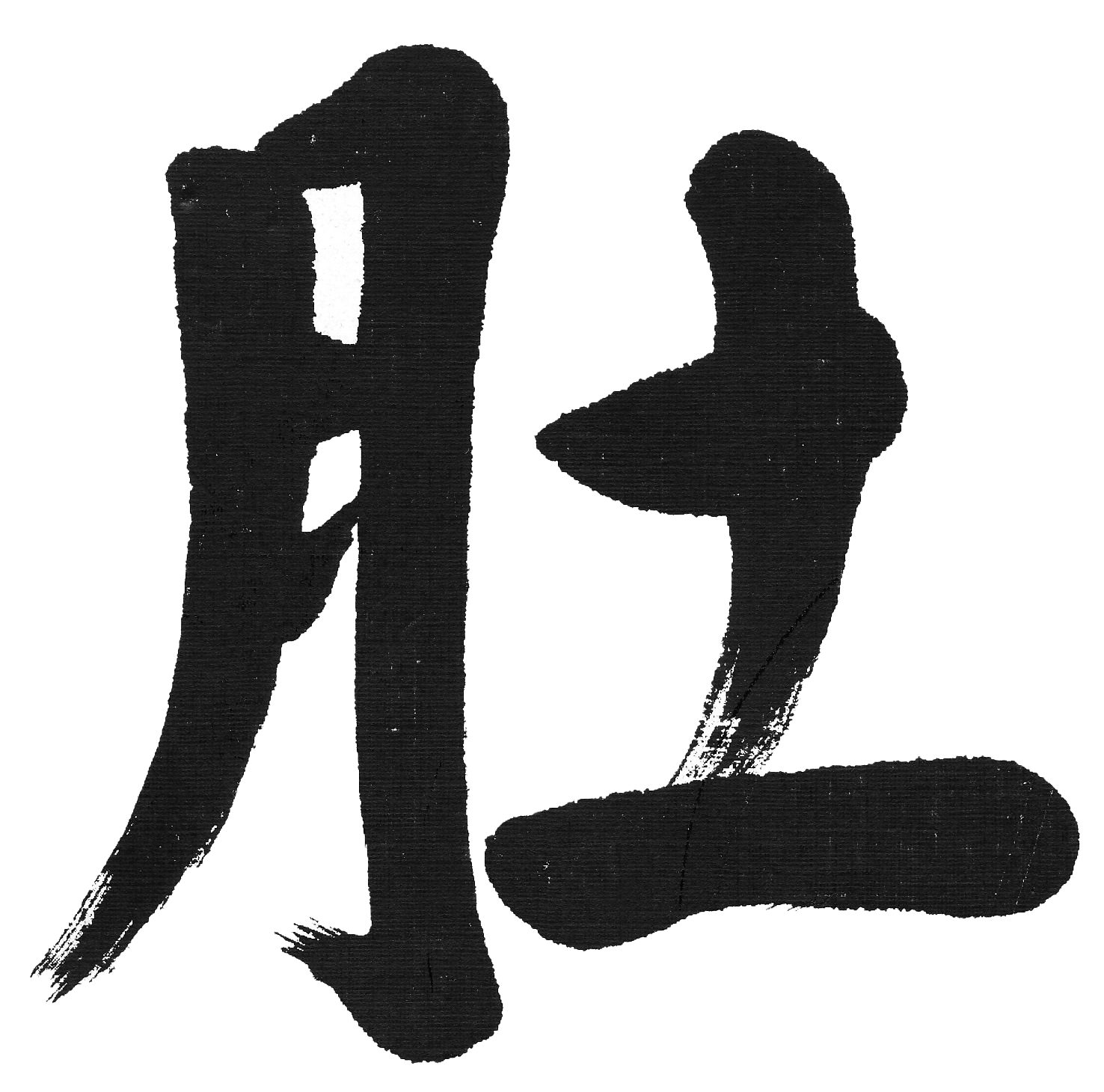Troubleshooting Your Hara: The Four Stages of Competence
Since the launch of the Hara Foundations course, we have enjoyed hearing from some of you: learning about the changes you’re experiencing, the challenges you’ve faced in developing your hara, and the thoughtful questions that have come up along the way.
These interactions are deeply inspiring, and we’d like to encourage even more dialogue. One of our intentions for future blog posts is to focus directly on the questions and challenges you encounter with the course material. In short, we want to help you troubleshoot your hara. You can always reach us directly using the “Contact” tab.
A recent email exchange reminded me that troubleshooting doesn’t only mean fixing problems; it also means persisting, trusting the process, and, sometimes, seeking outside support. Whenever we learn something new—whether it’s a language, a dance step, or hara breathing—there usually comes a moment when it helps to hear: “Yes, it’s messy right now. But you’re on the right track. Keep going.”
With that in mind, I’d like to introduce you to the Four Stages of Competence. This model, developed in the 1970s by Noel Burch at Gordon Training International, was introduced to me while I was completing my yoga therapist credential. I’ve found great value in it for both myself and my clients, and I think it maps beautifully onto hara development.
The Four Stages of Competence
Unconscious Incompetence
Conscious Incompetence
Conscious Competence
Unconscious Competence
Stage One: Unconscious Incompetence
At this stage, we don’t know what we don’t know. With breath practices, this can take many forms. Our breath functions automatically; most of us have never thought much about it until now. Similarly, unless you grew up in Japan or have a background in martial arts, hara may be a concept without practical or embodied meaning. That’s okay. We all start here.
Stage Two: Conscious Incompetence
This is where things start to get messy, and I might even suggest that they need to get messy. Here, we begin breaking free from our habitual breath patterns and experimenting with unfamiliar ones, like hara breathing. At this stage, you might feel uncoordinated, confused, curious, or even resistant.
Some people give up here, appreciating hara as a concept but abandoning the embodied practice. Yet this is precisely when persistence really matters. This is where the rubber meets the road. For those who take this training to heart (and hara), the internal friction between new forms bumping up against old habits must fuel your training.
Tips for Navigating Stage Two:
Get your reps in. Don’t give up. Repetition is a powerful teacher.
Go slow. Many of us want to rush through incompetence. Don’t confuse speed with progress; slow down and give the practice your full attention.
Take small breaks. Learning continues in the background, even when you’re not actively practicing. Notice when the concepts and lessons naturally return to your consciousness; take that as an invitation to return to the work. Remember, you have to get those reps in.
Find a dojo. A dojo is a place to experiment, learn through observation, and get feedback from senior students and teachers.
Stage Three: Conscious Competence
After some time wandering through the challenges of stage two, you’ll begin to notice what I call glimmers: fleeting moments when everything clicks. At first they come and go quickly, but with repetition they expand into longer stretches—perhaps an entire zazen period, or even a whole day.
At this stage, you “get it,” but it still requires effort. It’s important not to stop here; your hara is still developing. You may begin to notice patterns: the conditions under which you can maintain hara and those in which you tend to lose it.
Training in a dojo is an excellent opportunity to test the limits of your hara. Can you sustain your hara while cleaning the floors, serving tea, or while receiving a correction? The unique forms of zen training help us identify and work directly with the conditions that challenge us, deepening our hara through experience.
Stage Four: Unconscious Competence
Eventually, often after years of practice, you arrive at unconscious competence. Hara breathing becomes second nature, seamlessly integrated into body, mind, energy, and spirit. It just happens. You can still choose to engage with it actively. For example, tonifying your hara before lifting something heavy or softening it while cuddling a child. But at this stage, your hara is always available to you.
As you read through these stages, you may recall other learning processes you’ve experienced; let those inspire your work with hara. You may also recognize where you are in your own hara development. Wherever you find yourself, I hope you can relax into the process. Remember: getting a little messy is not only normal—it’s part of the journey.
